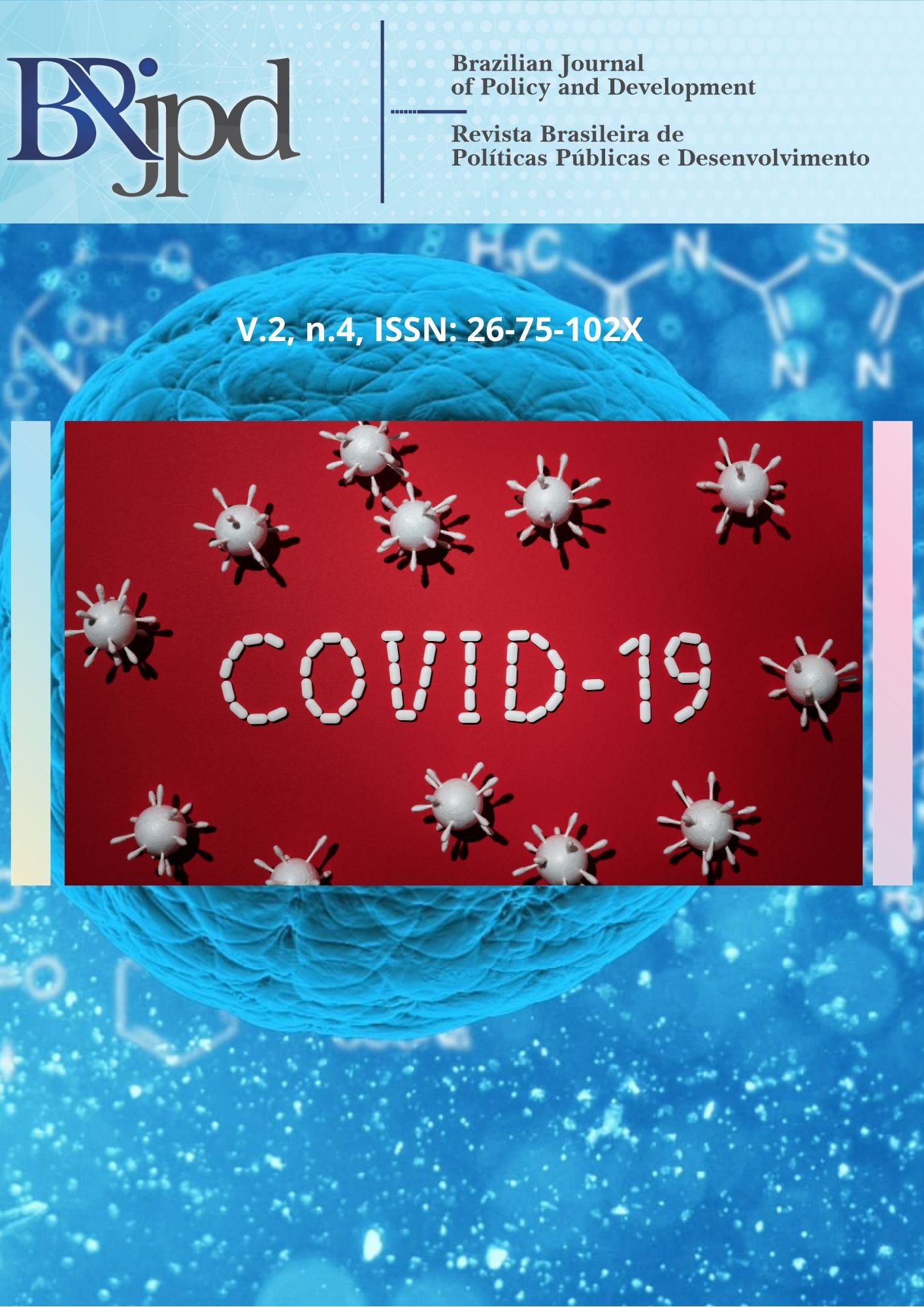ESTUDIO SOBRE LAS DIMENSIONES DEL VALOR DE MARCA PRIORIZADAS POR ESTUDIANTES UNIVERSITARIOS QUE PERTENECEN A LA GENERACIÓN Z. (UNA APLICACIÓN DE ECUACIONES ESTRUCTURALES)
DOI:
10.52367/BRJPD.2675-102X.2020.2.4.164-183Keywords:
Valor de Marca, Generación Z, Ecuaciones EstructuralesAbstract
The objective of the research is to identify the dimensions of brand value that are prioritized by the students of the School of Public Accounting and Financial Sciences that belong to Generation Z; It is exploratory, applied, quantitative and descriptive. Generation Z is a population that is gradually entering the world of work, represents 25% of the world population and will become in the coming years a potential market of great influence in the global economy. The research contributes to the knowledge of the characteristics of this important population cohort, focusing on quantitatively describing the perceptions in relation to Brand Value. The study is based on two models of Measurement of Brand Value, proposed by Martin and Brown, and the other by Lassar, Mittal and Sharma. A hybrid questionnaire was elaborated based on the two models, which was applied to a random probabilistic sample for a finite population known at 95% confidence and 5% error of 184 students of the Faculty of Public Accounting and Financial Sciences of the Universidad Mayor, Real y Pontificia de San Francisco Xavier de Chuquisaca in Bolivia. The results are not conclusive, however, they respond to the psycho-social characteristics described by different authors, in relation to this population group



















